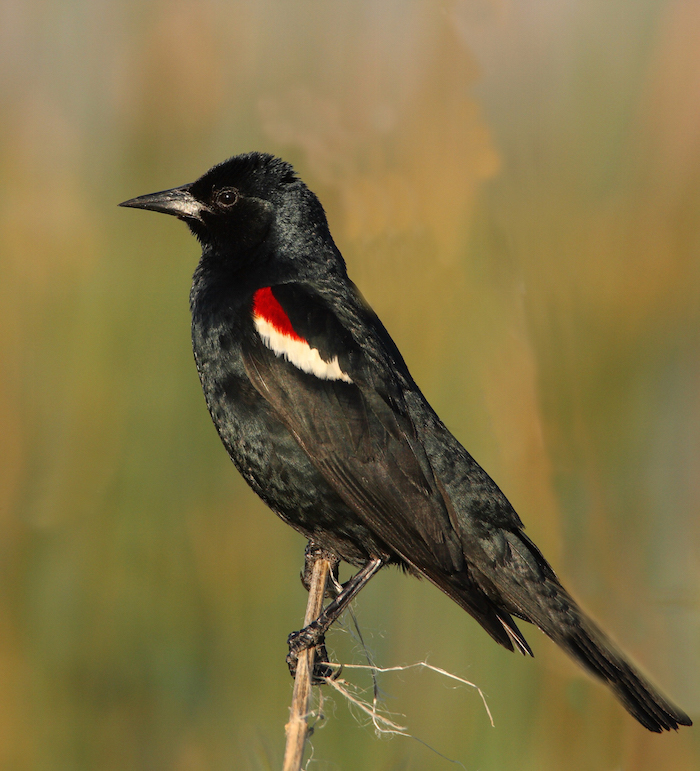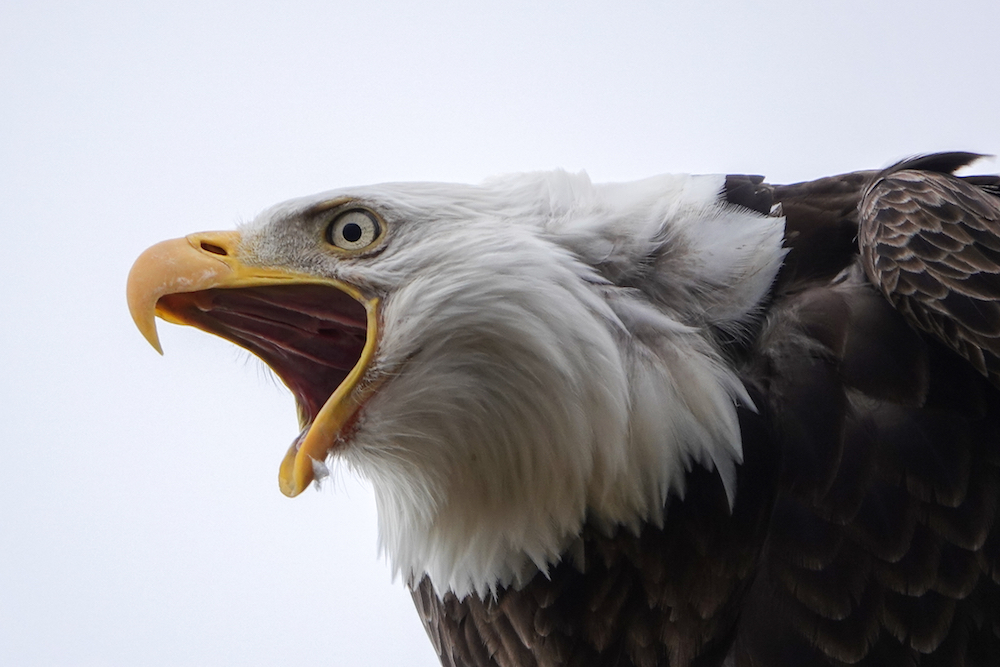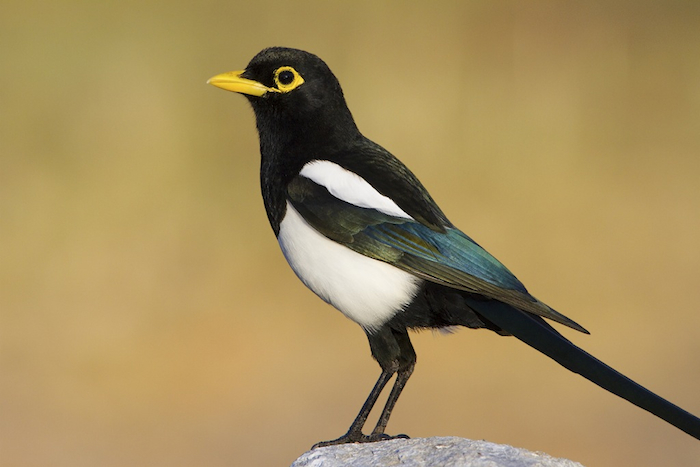
Tricolored Blackbird by David Bogener
This month Dan Airola will provide recent status information on the Tricolored Blackbird and Yellow-billed Magpie, two Central Valley species that have declined substantially in recent years. Blackbird population loss has resulted from habitat loss, nest destruction during agricultural harvest, and loss of insect prey due to insecticide use. The successful proposal to list the species under the state Endangered Species Act sparked research and conservation programs. Dan recounts this recent history and the successful efforts that have resulted in modest but important population increase. The population of the state-endemic Yellow-billed Magpie declined by over 80% in California since the arrival of West Nile virus in the early 2000’s, and did not develop resistance, unlike some other species. Dan’s recent studies reveal key habitat relationships and an apparent incipient recovery in the sizable urban Sacramento population.
Dan Airola is a Wildlife Biologist and Ornithologist who has worked for over 40 years in research and conservation of at-risk species birds in Northern California. In addition to long-term research on the tricolor and magpie, Dan maintains a 30-year study of Sacramento’s Purple Martins and has also studied Swainson’s Hawks, Turkey Vultures, Osprey, fire-adapted forest species, migrant songbirds, and diving ducks. Dan also serves the Central Valley Bird Club as a Director, Conservation Chair, and editor of the journal Central Valley Birds.
Wintu Audubon Society is inviting you to a scheduled Zoom meeting.
Topic: Status of the Tricolored Blackbird and Yellow-billed Magpie
Time: Nov 8, 2023 07:00 PM Pacific Time (US and Canada)
Join Zoom Meeting
https://us06web.zoom.us/j/
Meeting ID: 849 3595 9479
—
One tap mobile
+12532158782,,84935959479# US (Tacoma)
+12532050468,,84935959479# US
—
Dial by your location
• +1 253 215 8782 US (Tacoma)
• +1 253 205 0468 US
• +1 669 444 9171 US
• +1 669 900 6833 US (San Jose)
• +1 719 359 4580 US
• +1 346 248 7799 US (Houston)
• +1 312 626 6799 US (Chicago)
• +1 360 209 5623 US
• +1 386 347 5053 US
• +1 507 473 4847 US
• +1 564 217 2000 US
• +1 646 931 3860 US
• +1 689 278 1000 US
• +1 929 205 6099 US (New York)
• +1 301 715 8592 US (Washington DC)
• +1 305 224 1968 US
• +1 309 205 3325 US
Meeting ID: 849 3595 9479
Find your local number: https://us06web.zoom.us/u/



